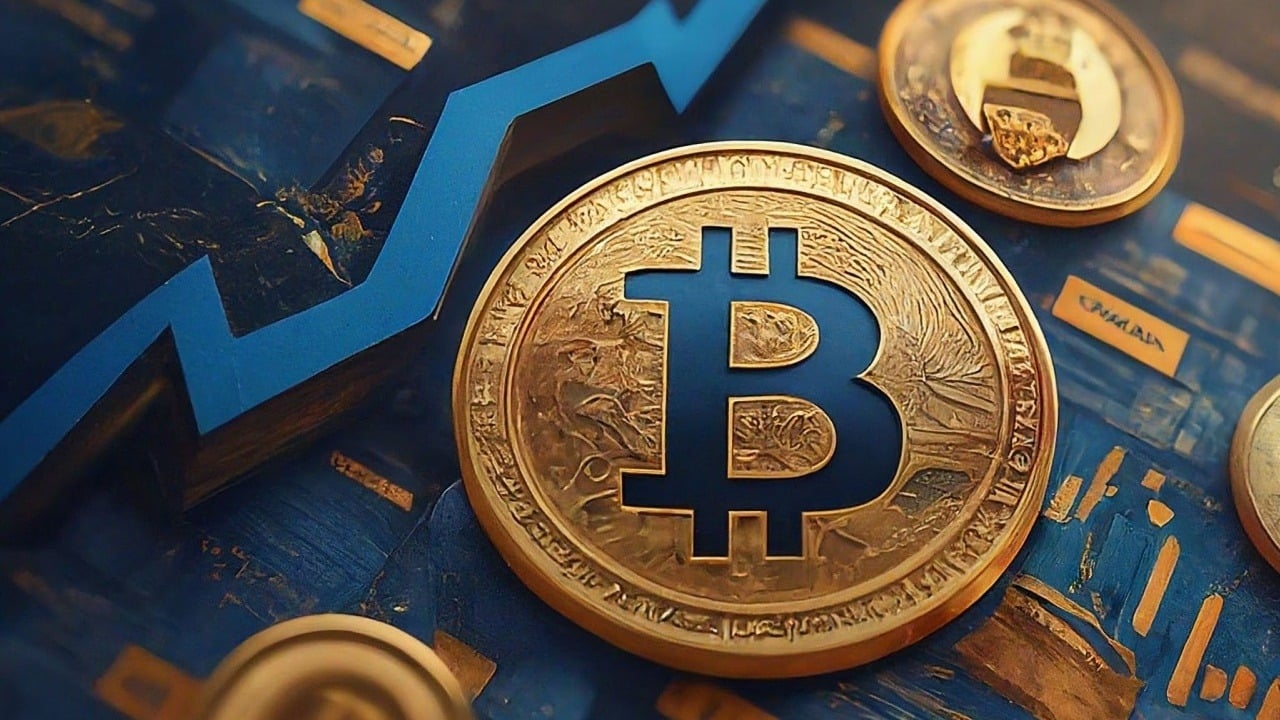With the raging legal battle between the SEC and Ripple continuing into its second year, new documents have emerged that could give Ripple a significant advantage over the Securities and Exchange Commission, with the court recently unsealing legal documents from 2012.
A Little Background On The Case
For those out of the loop, the SEC had sued Ripple in 2020 after the latter had raised more than $1.3 billion through an unlicensed securities offering of its XRP token. Ripple, on its part, denied the token is a security asset and has been trying to prove that in court since.
Initially, when the case against Ripple began, it seemed that it would be a fairly straightforward matter in favor of the SEC. However, as the case wore on and new evidence emerged, it seemed to be working in favor of Ripple.
Ripple Was Proactive And Conducted Legal Analysis On XRP
The new documents presented to the court indicate that Ripple had conducted a legal analysis on the XRP token back in 2012. Perkins Coie carried out the analysis, a firm based in the United States that specializes in regulatory legal advice, commercial litigation, and intellectual property.
The filings indicated that Perkins Coie had, in a February 2012 memo sent to Ripple founders Jed McCaleb and Jesse Powell, advised Ripple against selling its Ripple Credits through an ICO as it would result in its classification as a security.
Ripple Goes Back To The Drawing Board
After the first memo, Ripple effectively changed its entire business plan and went back to Perkins Coie for a second analysis. The firm gave McCaleb and Powell the second analysis in October 2012, which was more optimistic and concluded that the token would not be considered a security.
However, the firm warned Ripple of potential risks, stating that the SEC would not see things the same way. The firm also cautioned Ripple, advising it against promoting XRP as an investment opportunity. It stated,
“If Ripple Credits are purchased and sold in the secondary market, individuals purchasing Ripple Credits may do so with the expectation of increased value caused by increased demand and limited supply.”
Ripple Wanted To Be Compliant
According to James Filan, a former federal prosecutor who has been following the case since it began, the memos prove that Ripple wanted to be compliant and was assessing any risks much before the SEC was even thinking about digital assets.
“It seems to me that Ripple was being very proactive, which is very important. There certainly is nothing in these memos that suggests that Ripple was being reckless or ignored any substantial risks. In fact, the memos suggest the opposite – that Ripple was being careful.”
Ripple CEO Corners SEC
Brad Garlinghouse, Ripple CEO, took to Twitter, roundly criticizing the SEC for their actions which affected thousands of XRP holders, stating,
“The truth is out for everyone to read. What we see is that the SEC waited eight years to decide they disagreed with this analysis, decimating thousands and thousands of XRP holders (who they purport to protect) in the process. So much for being mission-driven….”
Ripple’s General Counsel also weighed in on the developments and documents and commented on how the memos proved Ripple’s thought process in 2012.
“The fact that Ripple had the foresight to seek legal advice from a prominent firm in 2012 – in the absence of clear case law and five years before the SEC even started talking about digital assets – should be applauded.”
Disclaimer: This article is provided for informational purposes only. It is not offered or intended to be used as legal, tax, investment, financial, or other advice.
Credit: Source link























